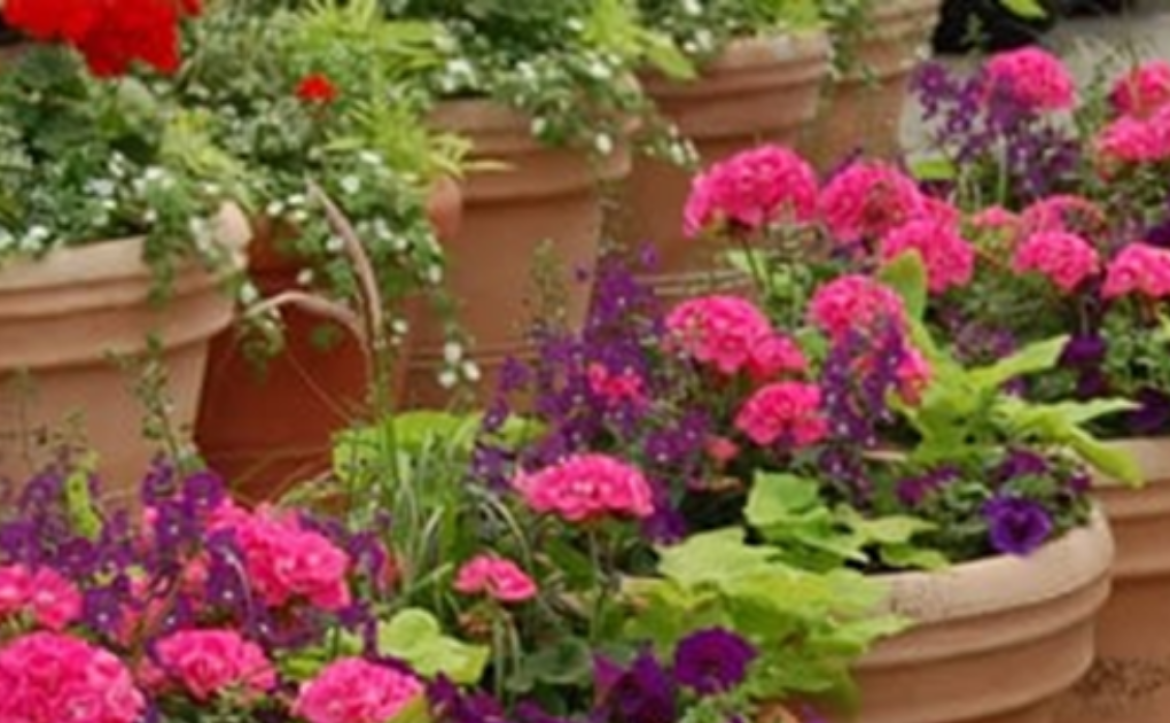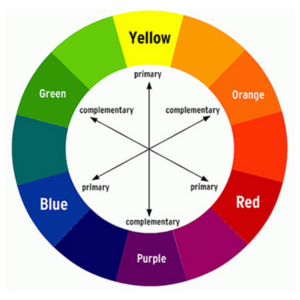
When designing a flower garden in containers, we’re captivated by its beauty. I can offer some help on how to design.
Many people visit nurseries and horticultural centers daily, often asking what to plant for their container garden. However, they may miss out on the joy of designing it themselves. When faced with such a question, I wonder if I’m taking away the joy of designing their garden. Creating and caring for a flower garden is an adventure for many, and part of the fun of container gardening lies in designing and maintaining the garden.
In this article, I’ll provide basic design tips and guidelines for creating a beautiful container garden. This task becomes much easier when you start by following some basic design principles and guidelines. My instructions will assist you in designing your own container garden.
So let’s begin by considering the factors you need to take into account when designing a container garden…
Selecting a Container
Your envisioned garden design will guide you in selecting the right container. If your design theme dictates the type of plants to use, opt for any container with drainage, whether it’s colorful pots, old washtubs, or wheelbarrows. I once had a small stream in my backyard where I planted vines. This yielded beautiful vegetables for my kitchen, attracting neighbors who encouraged me to utilize their space for vegetable production. Planning is essential for an engaging setup, so ensure your chosen container provides adequate drainage.
Purpose
Determine the purpose of your container garden. Are you aiming to enjoy vibrant flowers and leaves, impress neighbors, attract butterflies or hummingbirds, or enhance an entrance? Clarifying your intention will facilitate the right decision-making process.
Garden Design Theme
Most container gardens feature colorful annual or perennial flowers or foliage, setting a cheerful mood and captivating onlookers.
Single or Mono Variation
Opting for a single variation in garden design can simplify decision-making. If time constraints prevent selecting different flower varieties, choose one type to create an intriguing theme for your colorful pots or containers.
Single or Mono Color:
Designs with different shades of the same color and various types of plants are termed single or mono color designs. You can use different colors within one shade, such as planting white petunias, white salvias, white verbenas, and dusty millers together. Occasionally, you can also introduce seedlings of other colors into this shade. Following the color grading pattern, we know that white, blue, and pink shades evoke tranquility, while yellow, orange, and red shades are vibrant and stimulating. Adhering to this rule can influence one’s mental state positively. Avoid spoiling the garden’s beauty by using contrasting colors within a single shade. Additionally, consider factors like sunlight, humidity, and soil type when choosing different plant varieties for your garden.
Bi and Multicolor:
In this thematic design, we create a garden using two colors. Unlike the typical approach seen in horticulture or nurseries, this design offers flexibility. However, there are some guidelines for achieving pleasing color combinations. As mentioned earlier, certain colors evoke calmness while others excite. For instance, red, orange, and yellow are stimulating colors suitable for any outdoor space, while purple, pink, and blue create a soothing atmosphere, ideal for areas where you spend extended periods. Utilizing a combination of white, orange, red, and yellow near your house can enhance its curb appeal, visually altering the perception of distance. The color wheel plays a crucial role in selecting colors, illustrating their relationships. Analogous colors blend seamlessly, while complementary colors create contrast. Bright shades of any color pair well with bright shades of complementary colors, while light shades complement light shades. By following these principles, your containers will complement the flower colors effectively. Furthermore, using the color wheel simplifies the creation of multi-color schemes. For instance, selecting three colors forming an equilateral triangle on the color wheel, such as red, blue, and yellow, ensures harmony. Incorporating neutral colors into any scheme adds sophistication.
With the focus on colors, one might think this flower garden is solely designed to attract birds and butterflies. Observing these beautiful creatures from afar brings joy as they flit around the garden, occasionally resting and enjoying their surroundings. To attract birds like hummingbirds and butterflies, incorporate a variety of flowers. Tubular flowers, for example, are favored by hummingbirds for their nectar. Including such flowers in your garden ensures frequent visits from these delightful creatures. Consider creating a floral arrangement with a mix of perennials and annuals. Here are some of my favorite flower names for your garden:
Annuals (live for one season):
– Daisies
– Geraniums
– Million Bells (Calibrachoa)
– Petunias
– Salvia
– Torrenia
– Verbena
Perennials:
– Butterfly Bush (buddleai)
– Canna Lily
– Daisies
– Pineapple Sage
– Salvia (Blue, Hot Lips)
Perennial and Tropical:
– Mandevilla
– Morning Glory

Here is a color wheel for garden theme design
